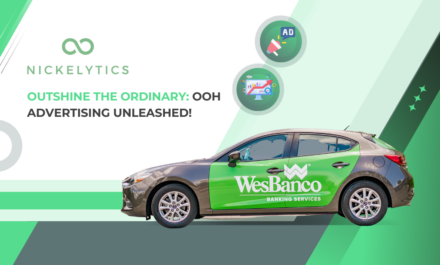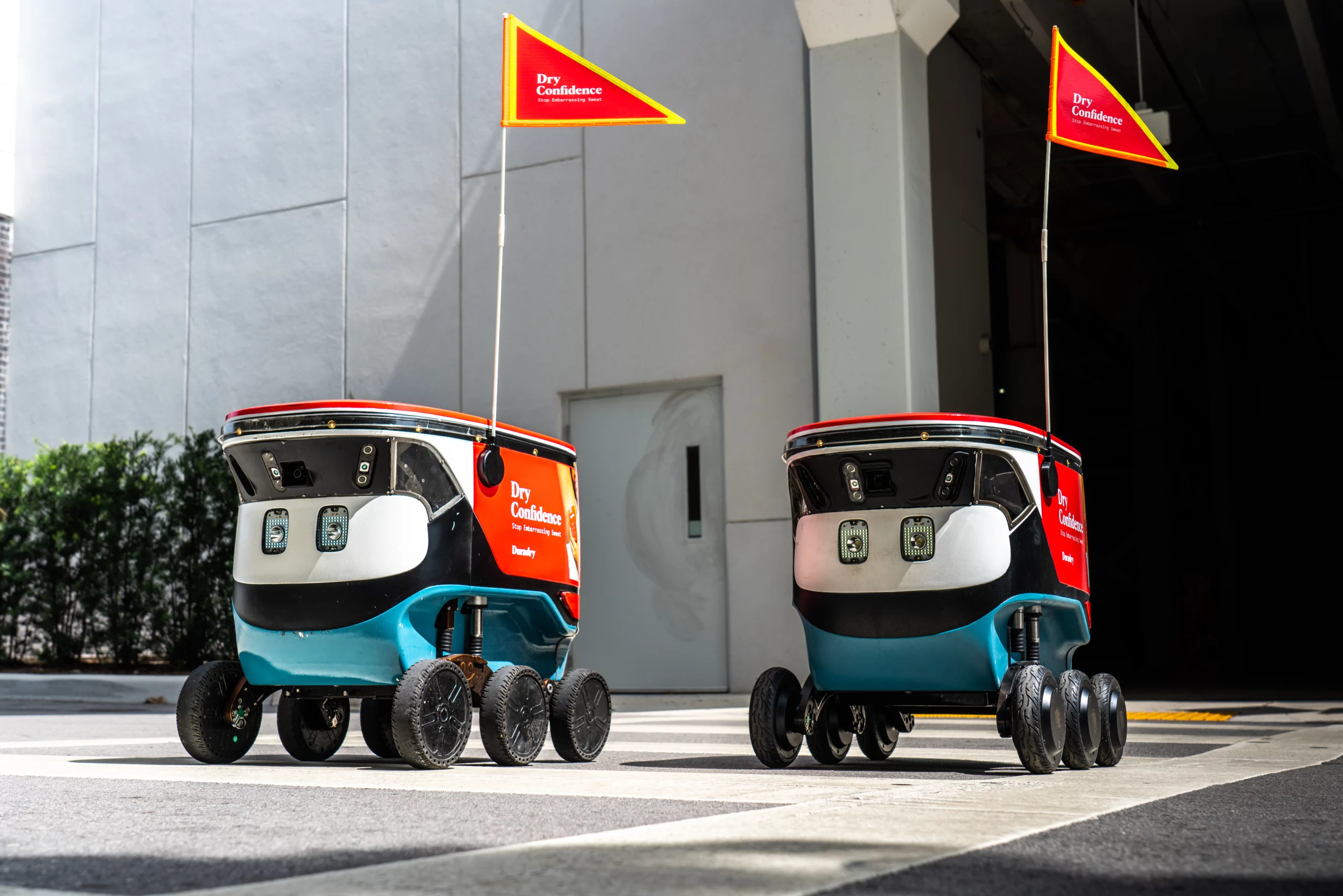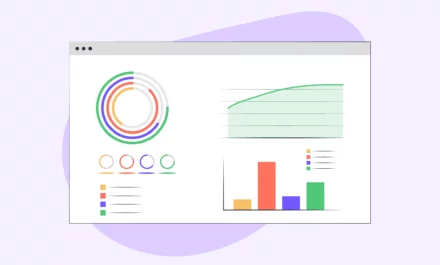Out-of-home (OOH) advertising works best when you know your target audience and can measure how they interact with billboards and digital advertising screens. Audience management in OOH advertising helps brands identify, measure, and manage the best ways to connect with consumers more efficiently.
A study by AdRoll found that personalized advertising campaigns generated a 10x higher click-through rate (CTR) than non-personalized campaigns. By leveraging AMS, businesses can collect and analyze customer data to create more personalized advertising campaigns, leading to improved advertising performance and ROI.
In this article, we shall be looking at how audience management systems work and how to use them in your OOH advertising.
Understanding Audience Management Systems in OOH Advertising
Audience management systems (AMS) are software platforms that allow businesses to collect, analyze, and use data about their target audience to improve their marketing efforts.
These systems typically collect data from various sources, such as website analytics, social media activity, and customer relationship management (CRM) systems, and provide a centralized location to manage and analyze this data.
In OOH advertising, you can use AI and machine learning software to track your audience’s engagement with your campaigns. In a Forbes article, Judah Longgrear, the co-founder and CEO of Nickelytics, explains that AI is making outdoor advertising “more affordable and precisely focused.”
Advertisers must stay informed and adapt to these new technologies to create the most effective campaigns as the industry grows and changes.
Some of the top AMS currently being used include Route, Adomni, Vistar Media, Broadsign, RADAR, and Hivestack. These systems offer various targeting options, including data collection and integration, audience segmentation and profiling, campaign management and optimization, and reporting and analytics.
To give some insight as to how AMS improves OOH advertising, here are some of the benefits.
Benefits of Using Audience Management Systems in OOH Advertising
With audience management systems, you can create audience segments based on demographics, interests, behaviors, and other criteria, which can be used to target specific groups with relevant messaging. These are some benefits of using audience management systems in OOH advertising.
Measuring the effectiveness of a campaign
By tracking audience behavior and engagement, advertisers can gain valuable insights into what works and does not. This data can then be used to refine campaigns and make them even more effective in the future.
Better data management and integration
AMS provides a centralized location for businesses to manage and analyze customer data. According to a survey conducted by Econsultancy, 92% of marketers believe that using data and analytics to understand their customers is important to achieving their marketing goals.
AMS can also help businesses automate data management tasks, such as data cleaning and deduplication, which can save time and improve data accuracy.
Automated data management can ensure that customer data is up-to-date and consistent across all systems, which can improve the accuracy of customer segmentation and targeting.
Reducing waste and increasing ROI
By targeting specific audiences, advertisers can avoid displaying ads to people not interested in their product or service, reducing waste and saving money. This can increase ROI by ensuring that advertisement money is spent most effectively.

In choosing the right audience, consider the location and the space where the advertisement will be placed, and show that you know what your customers want.
However, advertisers need to remember that while audience management systems can be a powerful tool, they are not a one-size-fits-all solution. It is important to carefully consider the needs of each campaign and choose an AMS that will best meet those needs.
Additionally, it is important to continually monitor and adjust campaigns as needed to ensure they reach the right audience and achieve the desired results.
By doing so, advertisers can fully realize the benefits of audience management systems in OOH advertising and create successful campaigns that resonate with their target audience.
How to use Audience Management Systems in OOH Advertising
Route, one of the most efficient audience management systems, uses the Multi-Sensory-Tracking (MST) system to measure the number of people who view an advertisement when they are “on the move.”
This audience measurement system, for example, gives advertisers access to spot-level measurement, giving them live reports on audience engagements.
Here are some of the best ways to use audience management systems in your OOH advertising.
Using Real Audience Delivery and Research (RADAR) for Audience segmentation
Real Audience Delivery and Research (RADAR) is a system used by Clear Channel Outdoor for audience segmentation in OOH advertising. The system uses data from multiple sources, including mobile devices and connected cars, to collect and analyze customer data in real time.
For example, RADAR can identify specific locations where a business’s target audience is most likely to be located and target OOH ads to those locations.
RADAR can also analyze customer behavior data to identify patterns and trends, such as the times of day when a particular audience segment is most active, and adjust ad delivery accordingly.
Applying Visibility Adjusted Contacts (VACs) to analyze views
Visibility Adjusted Contacts (VACs) are popular for analyzing how well OOH advertising campaigns work.
VACs consider the number of people likely to see an ad based on its location, size, and other factors and adjust this number based on the likelihood that people will notice and remember the ad.
By using VACs, advertisers can get a more accurate picture of the number of people likely to be exposed to their ads and how effective those ads are likely to generate brand awareness and drive sales.
This data can be used to optimize ad placement and design and maximize the return on investment for OOH advertising campaigns.
Using web conversion metrics for Digital-Out-Of Home (DOOH)
Web conversion metrics can help measure and manage audience engagement in Digital-Out-Of Home (DOOH) advertising campaigns. These metrics can help advertisers track audience behavior and optimize campaigns to increase engagement and drive conversions.
Some popular web conversion metrics include click-through rates (CTRs), bounce rates, and conversion rates. CTRs measure the percentage of people who click on an ad after seeing it, while bounce rates measure the percentage of people who leave a website immediately after landing.
By using these metrics, you can gain insights into how their DOOH campaigns are performing and make data-driven decisions about ad placement, design, and messaging. You can also use A/B testing and other optimization techniques to continually improve your campaigns’ effectiveness.
In summary
Audience management systems play a critical role in modern out-of-home advertising strategies. By leveraging customer data, AMS can help brands better understand their target audience, create more targeted and effective OOH campaigns, and optimize those campaigns for maximum impact.
With the ability to track engagement and conversion rates, businesses can make informed decisions that lead to better business results.
As technology continues to advance, audience management systems will undoubtedly become an increasingly essential tool for any brand looking to stand out in a crowded advertising landscape. At Nickelytics, we understand the importance of audience management systems and utilize them for our campaigns. Our audience management system helps you make the best use of audience engagement by using the data collected to personalize ads for your OOH campaigns.




